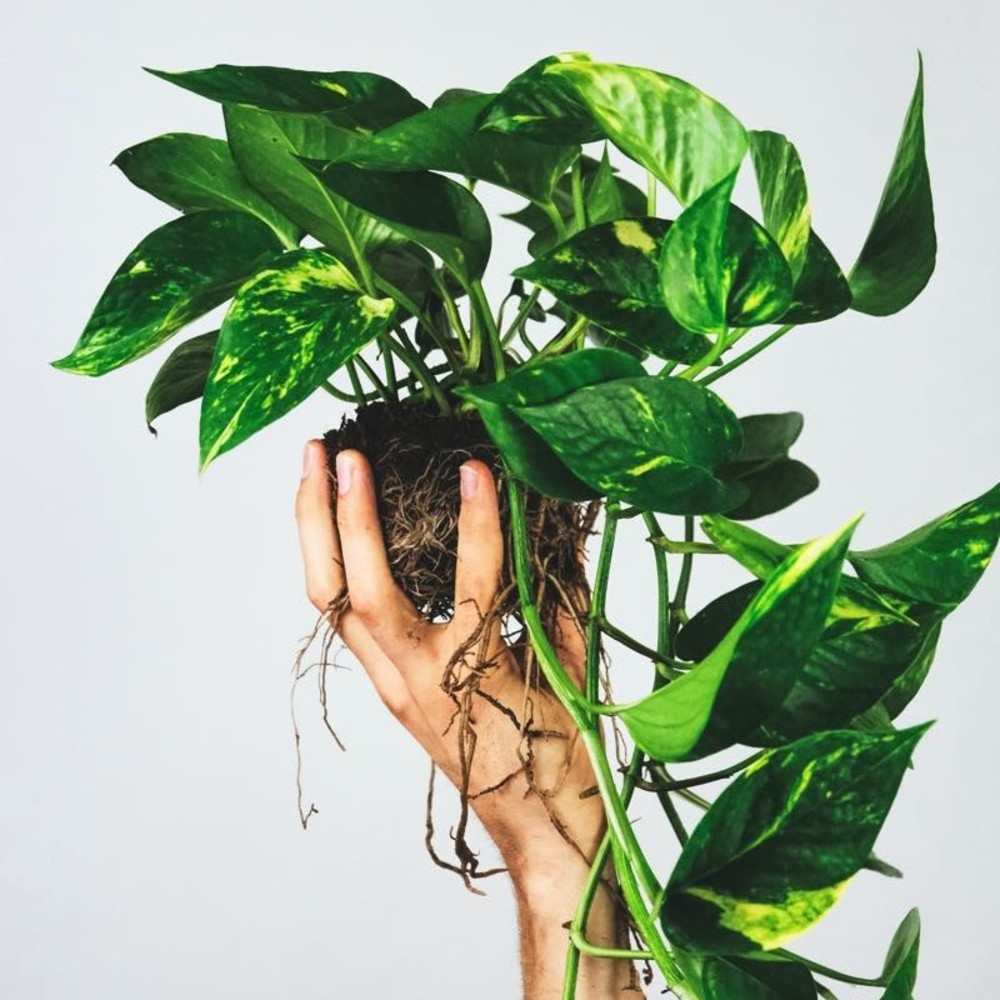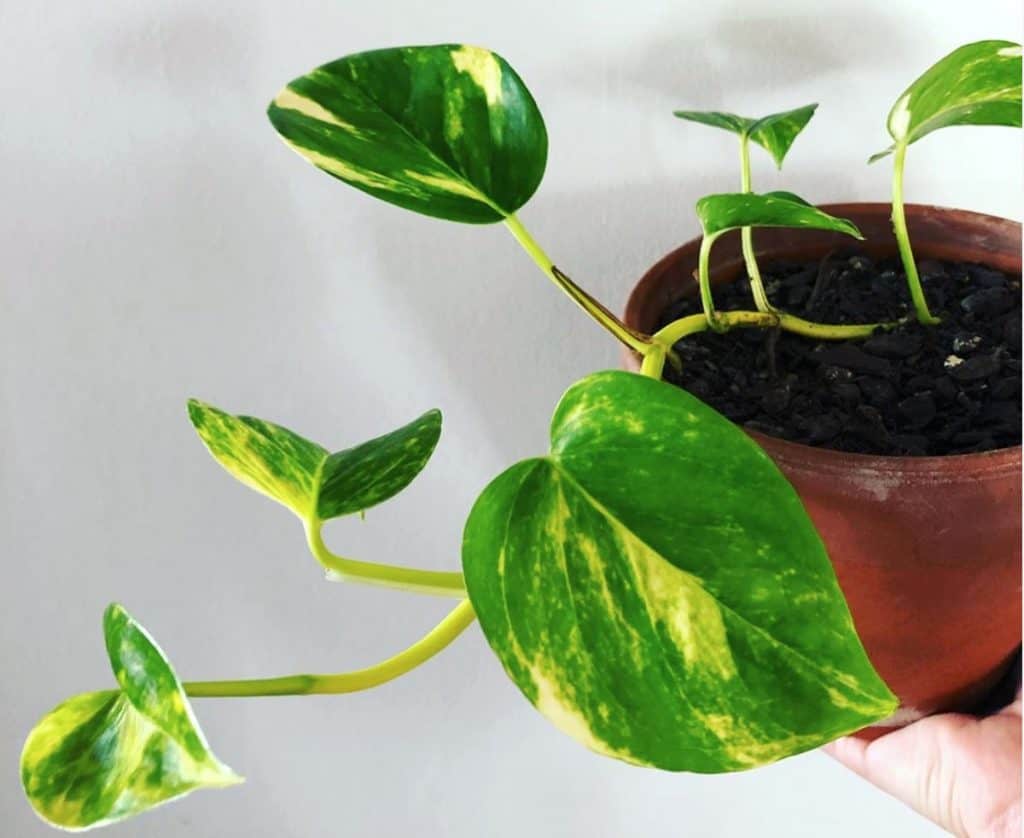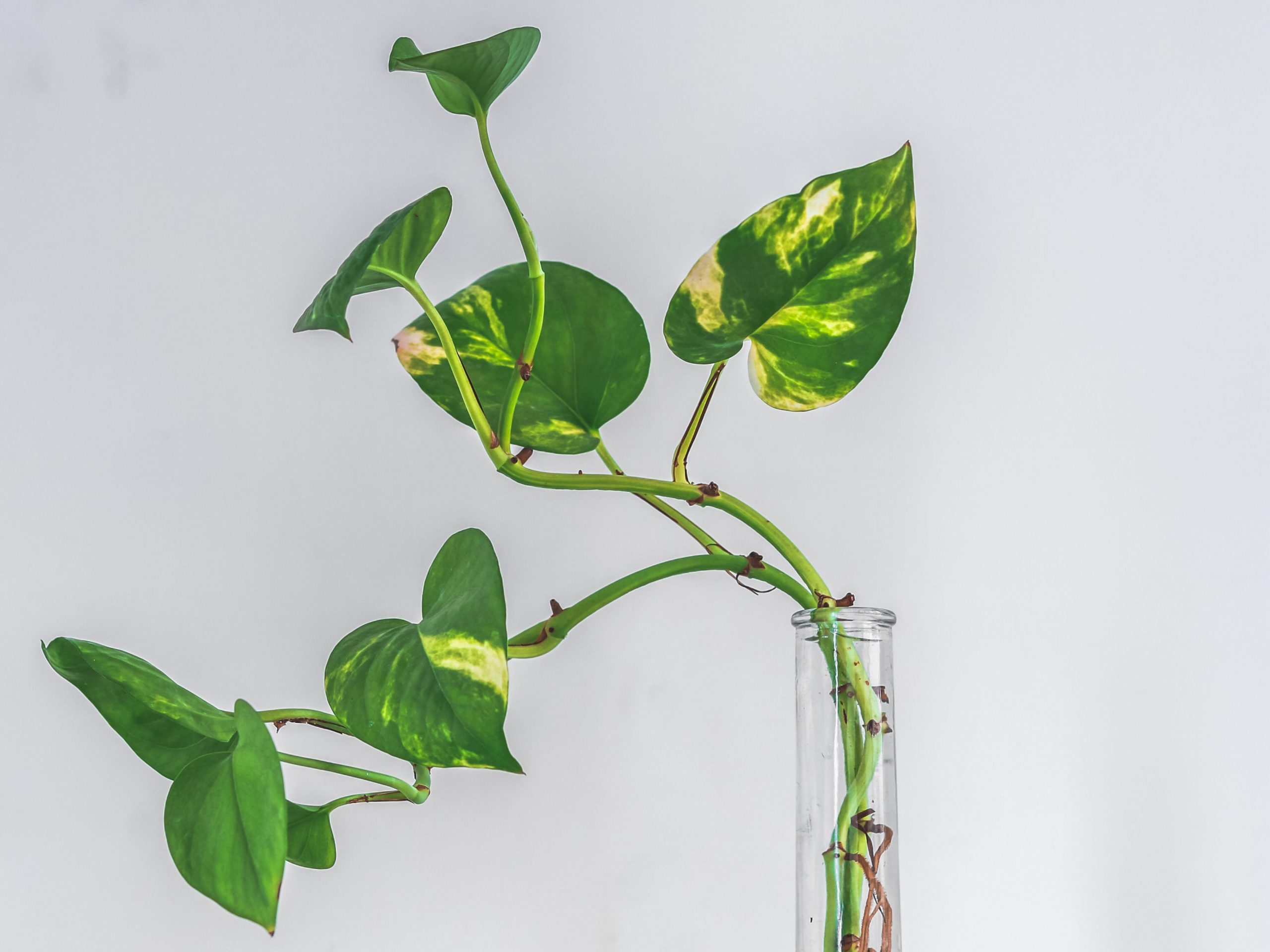The Magic of Hydroponic Devil’s Ivy
Devil’s ivy plants in water have become increasingly popular due to their low-maintenance requirements and ability to thrive in a variety of environments. One of the most significant advantages of growing devil’s ivy in water is its air-purifying properties, making it an excellent addition to indoor spaces. Additionally, devil’s ivy plants in water can be styled and decorated in numerous ways, allowing them to seamlessly integrate into modern home and office decor. With proper care and attention, these plants can flourish, providing a touch of natural beauty to any setting.
How to Thrive with Devil’s Ivy in Water
This article will guide you through the essential steps to successfully cultivate and maintain devil’s ivy plants in water. From selecting the right container and water type to understanding the ideal lighting and temperature conditions, we will cover the key factors that contribute to the healthy growth of devil’s ivy plants in water. Additionally, we will explore the importance of fertilization and pruning, as well as common problems that may arise and how to address them. By the end of this article, you will be equipped with the knowledge and skills necessary to thrive with devil’s ivy plants in water and unlock their full potential as a low-maintenance, air-purifying, and versatile decorative element.
Choosing the Right Container and Water
When it comes to growing devil’s ivy plants in water, selecting the right container and water type is crucial for their healthy growth and development. The container should be large enough to accommodate the plant’s roots and provide adequate space for water circulation. Glass or plastic containers with a wide mouth are ideal, as they allow for easy maintenance and pruning. Avoid using metal containers, as they can react with the water and cause harm to the plant. In terms of water type, devil’s ivy plants in water thrive in distilled or reverse-osmosis water, which is free from impurities and minerals that can affect the plant’s growth. Tap water can also be used, but it’s essential to change it regularly to prevent the buildup of toxins. By choosing the right container and water type, you can create an optimal environment for your devil’s ivy plant in water to flourish.
Lighting and Temperature Requirements
Devil’s ivy plants in water are adaptable to various lighting conditions, but they thrive best in bright, indirect light. Direct sunlight can cause the water to become too warm, leading to root rot and other problems. East- or west-facing windows are ideal for devil’s ivy plants in water, as they provide gentle, indirect light. In terms of temperature, devil’s ivy plants in water prefer temperatures between 65°F to 75°F (18°C to 24°C). Avoid placing them near heating or cooling vents, fireplaces, or drafty windows, as sudden temperature fluctuations can cause stress to the plant. By providing the right lighting and temperature conditions, you can create an optimal environment for your devil’s ivy plant in water to grow and thrive.
Fertilization and Pruning for Optimal Growth
Fertilizing and pruning are essential practices for promoting healthy growth and development in devil’s ivy plants in water. When it comes to fertilization, a balanced, water-soluble fertilizer can be used at half the recommended strength. Fertilize your devil’s ivy plant in water every 1-2 weeks during the growing season (spring and summer) and once a month during the dormant season (fall and winter). Pruning is also crucial for maintaining the plant’s shape and encouraging new growth. Remove any dead or damaged leaves or stems, and trim back long vines to encourage branching. Prune your devil’s ivy plant in water every 4-6 weeks to maintain its desired shape and promote healthy growth. By fertilizing and pruning your devil’s ivy plant in water regularly, you can enjoy a lush, thriving plant that brings beauty and freshness to your space.
Common Problems and Solutions for Devil’s Ivy in Water
While growing devil’s ivy plants in water can be a rewarding experience, it’s not without its challenges. Some common problems that may arise include root rot, algae growth, and pest infestations. Root rot can occur when the water is too stagnant or the plant is not receiving enough oxygen. To prevent root rot, make sure to change the water regularly and provide adequate aeration. Algae growth can be a problem in devil’s ivy plants in water, especially if the water is not changed frequently enough. To prevent algae growth, change the water every 1-2 weeks and add a small amount of algae-preventing solution to the water. Pest infestations, such as spider mites or mealybugs, can also be a problem. To prevent pest infestations, inspect the plant regularly and treat any infestations promptly. By being aware of these common problems and taking steps to prevent them, you can enjoy a healthy and thriving devil’s ivy plant in water.
Styling and Decorating with Devil’s Ivy in Water
Devil’s ivy plants in water offer endless possibilities for creative and stylish arrangements. With their trailing vines and lush green leaves, they can add a touch of elegance to any room. Consider placing a devil’s ivy plant in water on a shelf or mantle, where its vines can cascade down and create a beautiful display. Alternatively, use a devil’s ivy plant in water as a centerpiece for a coffee table or dining table, adding a pop of greenery to the space. For a more modern look, try pairing a devil’s ivy plant in water with sleek, minimalist decor, such as a glass vase or a metal planter. Whatever your style, a devil’s ivy plant in water is sure to bring a touch of natural beauty and sophistication to your space. With its low-maintenance requirements and versatility in design, it’s no wonder that devil’s ivy plants in water are becoming a popular choice for home and office decor.
The Future of Hydroponic Gardening
As the world becomes increasingly aware of the importance of sustainable living and environmental conservation, hydroponic gardening is emerging as a revolutionary way to grow plants. Devil’s ivy plants in water are at the forefront of this movement, offering a low-maintenance and eco-friendly alternative to traditional gardening methods. With their ability to thrive in water, devil’s ivy plants in water require minimal resources and can be grown in even the smallest of spaces. As the demand for sustainable and environmentally conscious practices continues to grow, it’s likely that devil’s ivy plants in water will become a staple in modern interior design. Imagine a future where homes and offices are filled with lush, green devil’s ivy plants in water, purifying the air and adding a touch of natural beauty to our surroundings. With the benefits of hydroponic gardening and the versatility of devil’s ivy plants in water, the possibilities are endless.







